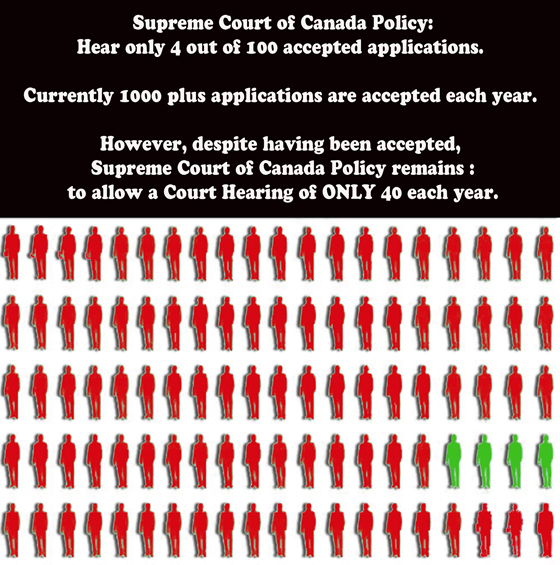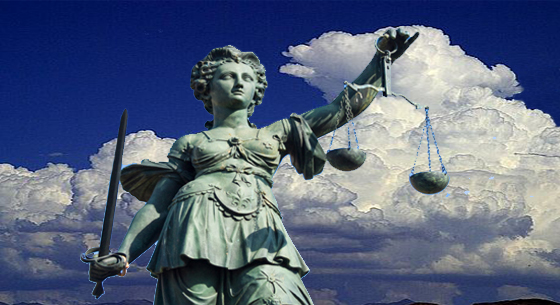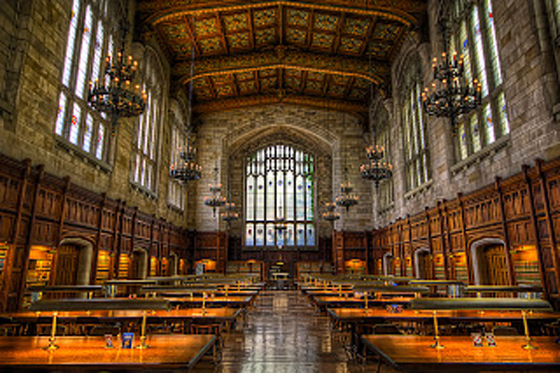Judges of the Court
About the Judges
The Supreme Court of Canada consists of the Chief Justice of Canada and eight puisne judges appointed by the Governor in Council, all of whom must have been either a judge of a superior court or a member of at least ten years' standing of the bar of a province or territory. The word "puisne" is derived from the ancient French word "puiné", which means "younger". It is used at the Court to distinguish the Chief Justice from the other judges. The Chief Justice is sworn as a member of the Privy Council of Canada before taking the oath of office as Chief Justice.The judges must devote themselves exclusively to their judicial duties. No judge may hold any other remunerative office or engage in any business enterprise. A judge holds office during good behaviour until he or she retires or attains the age of 75 years, but is removable for incapacity or misconduct in office before that time by the Governor General on address of the Senate and House of Commons.
The Chief Justice presides over all sittings of the Court at which he or she is present. The Chief Justice oversees the work of the Court by designating the panels of judges who are to hear the cases and motions brought before it.
In addition to his or her Court duties, the Chief Justice is chairperson of the Canadian Judicial Council, whose members include the chief justices and associate chief justices of the federal and provincial superior courts, and the senior judges of the territorial superior courts. This body, established by the Judges Act, has a mandate to promote efficiency, uniformity and accountability, as well as to improve the administration of justice throughout Canada.
The Chief Justice also chairs the Board of Governors of the National Judicial Institute. The National Judicial Institute develops and delivers various educational programs for all Canada's federal, provincial and territorial judges.
Moreover, the letters patent of 1947 respecting the office of Governor General provide that, should the Governor General die, become incapacitated, be removed or be absent from the country for a period of more than one month, the Chief Justice or, if the Chief Justice is unavailable, the senior puisne judge of the Supreme Court, would become the Administrator of Canada and exercise all the powers and authorities of the Governor General.
Finally, the Chief Justice of Canada also chairs the committee which advises the Governor General on awards of membership in the Order of Canada.



























No comments:
Post a Comment